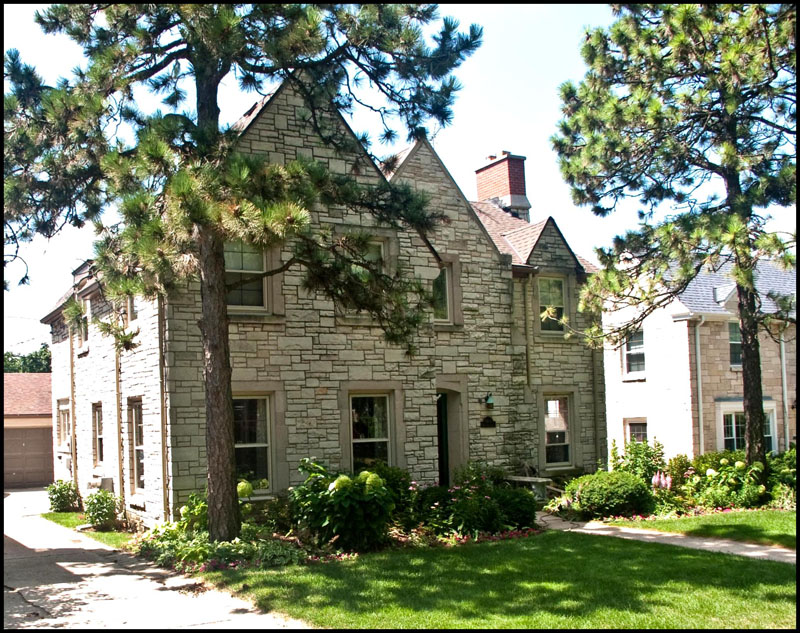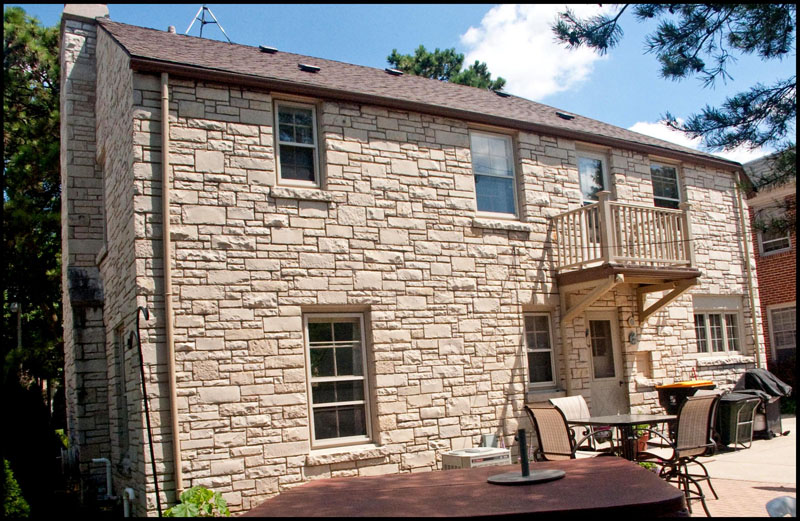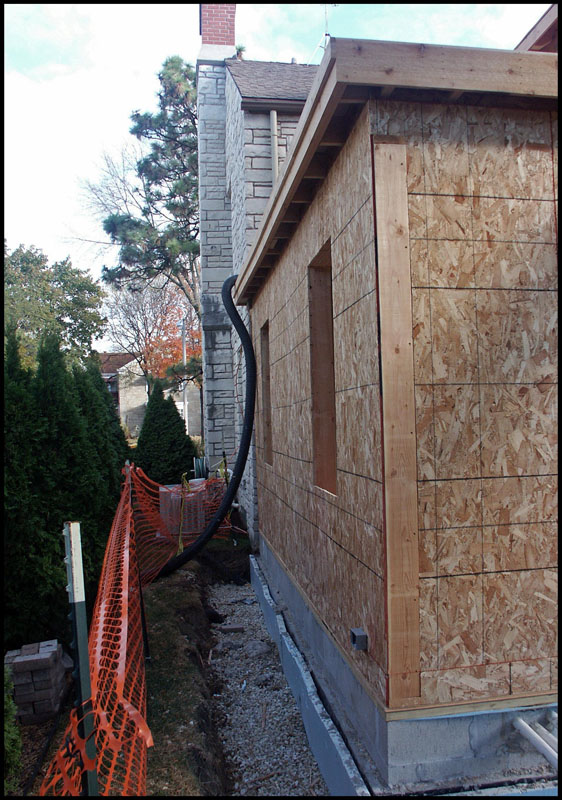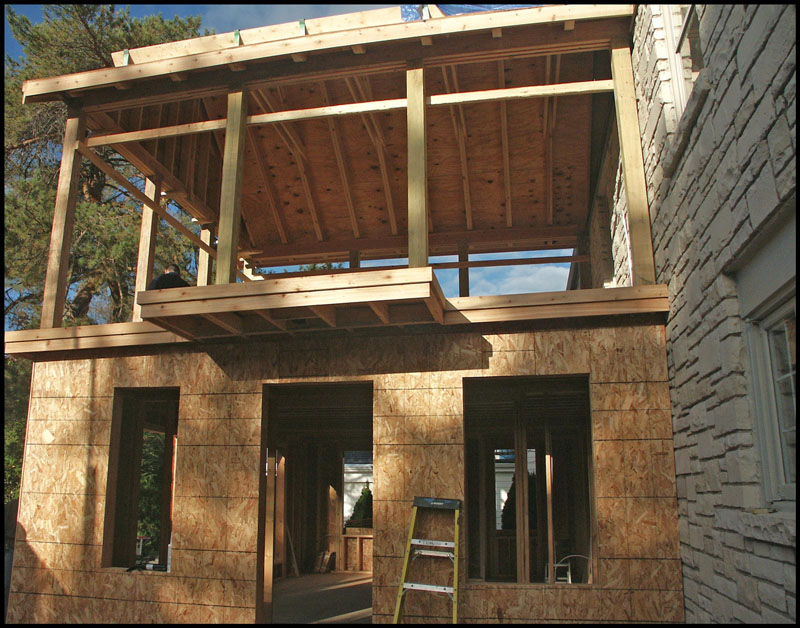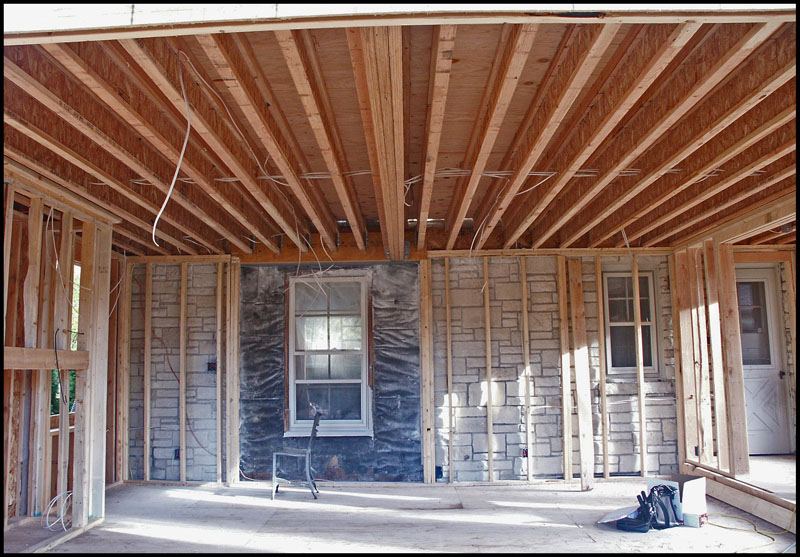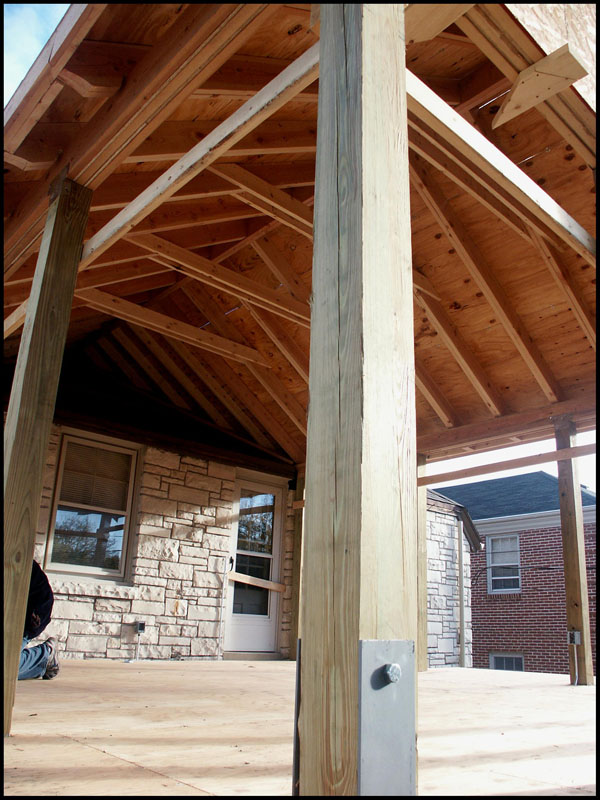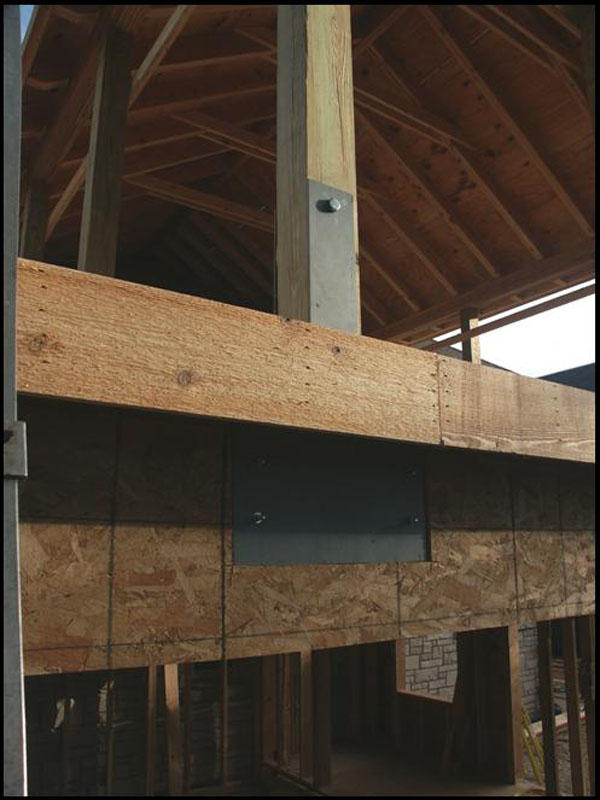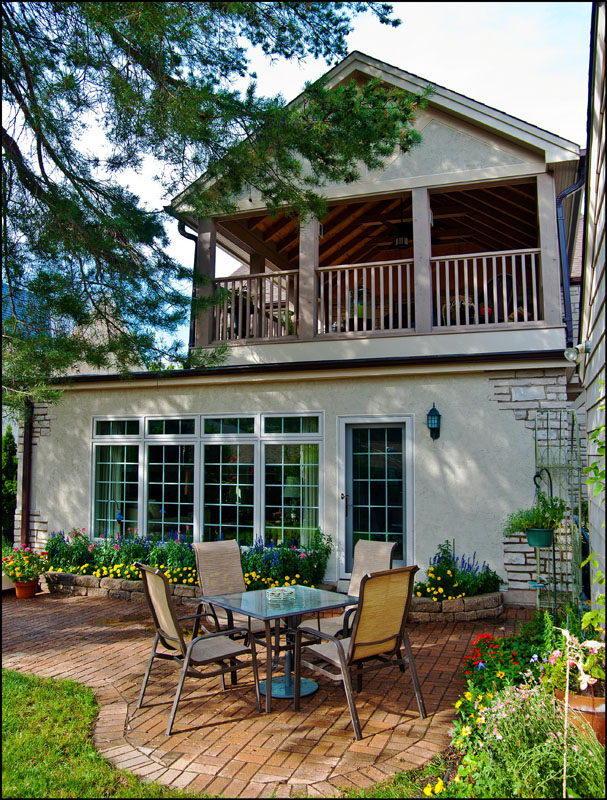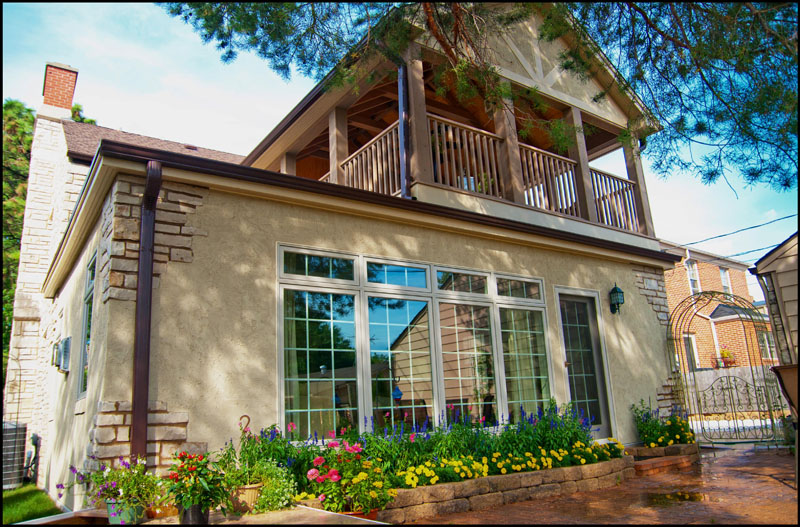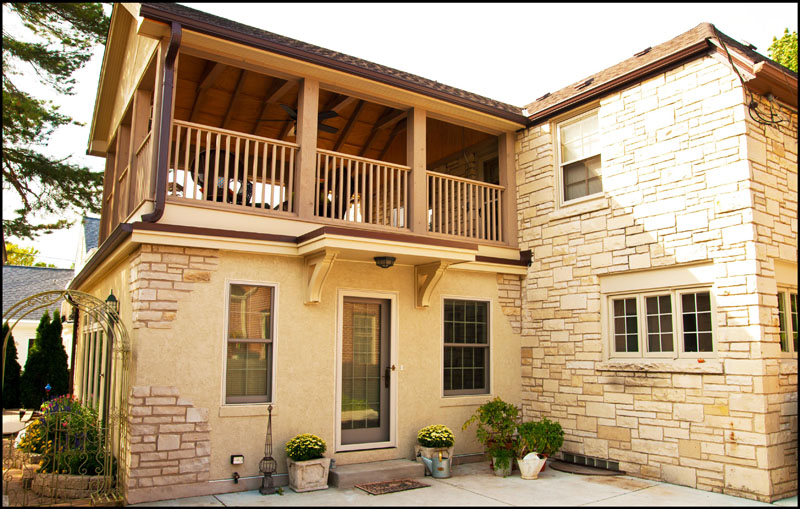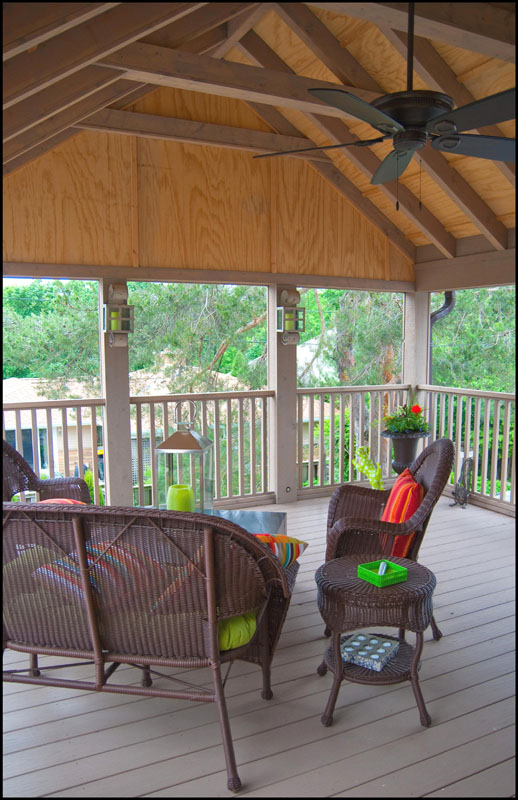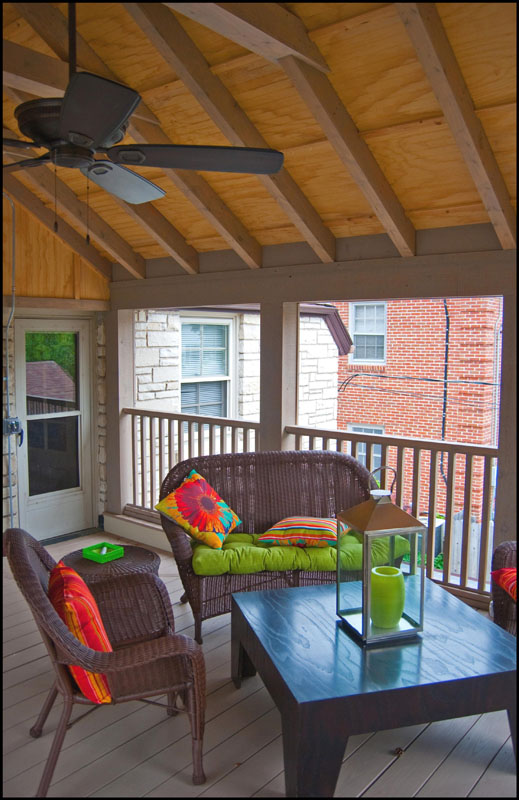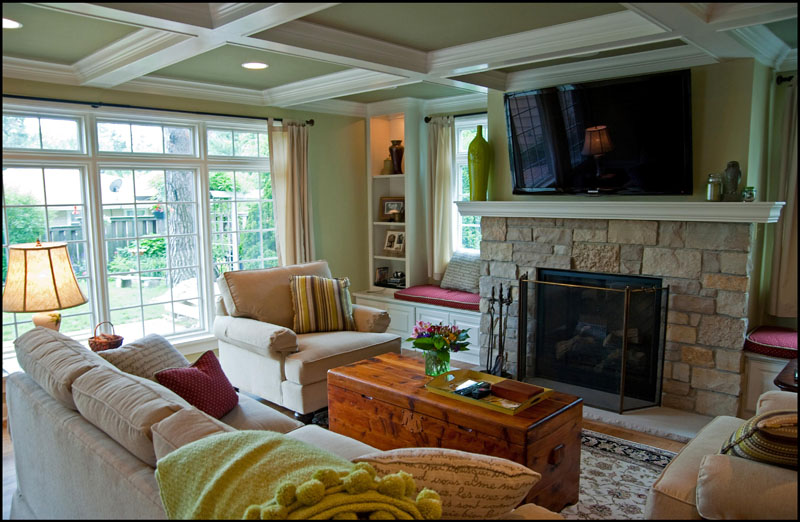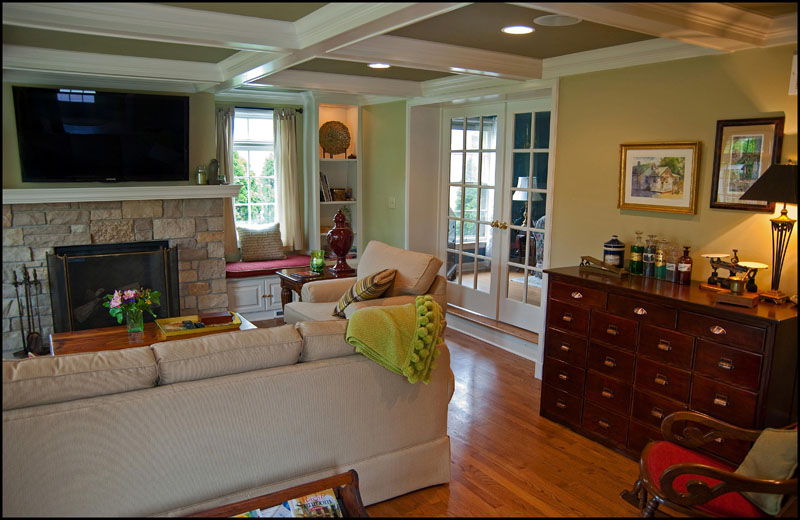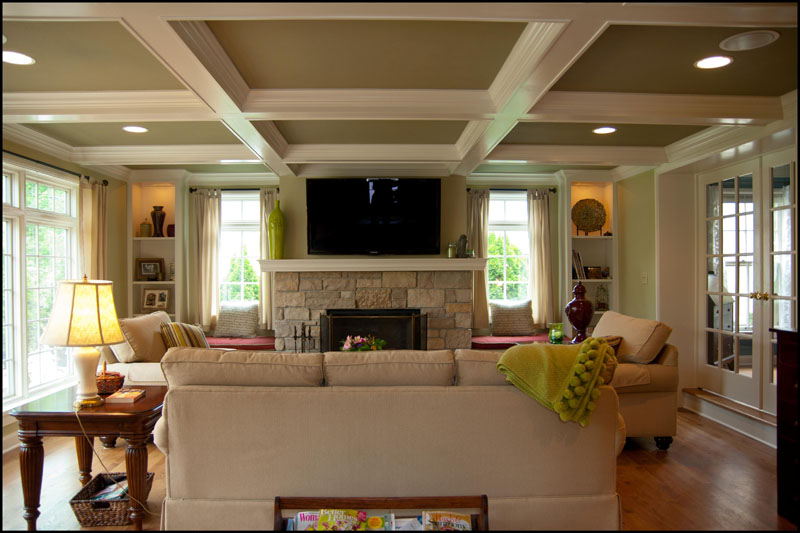Historical Renovation, 2-story dddition
Adding an addition to the house fulfilled a burning desire to address his, hers, and their wishes. He wanted a taller, full, basement for woodworking, she wanted a family room with tons of light and a new rear entry with storage/coat space, and they wanted a way to enjoy the outdoors, bug free, for as long as the seasons would allow them to.
Built in the late 1930’s this Cotswold style, Lannon Stone Tudor is in great shape. It is positioned on a lot size typical to the area; long and relatively narrow. Like many homes of the era it has a lot of character inside and out however from a functional standpoint it was not up to speed with their present requirements.
Before
During
After
The living room was at the back of the house with only a one window view to the yard, the rear entry had no gathering and off loading space or coat storage. The basement was less than seven feet high and impractical in square footage or height to have a dedicated shop space. Zoning restrictions would also influence the extent of any additional architecture on the lot.
When evaluated for the clients overall needs, the capabilities within the budget, and other restrictions, the scope of the addition was established. Originally, the exterior of the first floor was designed to be all Lannon Stone but this looked too chunky for just the first floor. Finding ways to incorporate appropriate materials common to this style home, a combination of Lannon Stone quoins on the corners with Stucco on the field of the wall area was arrived at reflecting the types of materials typically utilized on this style of period architecture.
The footprint was carefully considered to meet the interior space plan and zoning limitations while maintaining as much green space as possible. The basement is designed as a full twelve courses making for a height change of three steps below the existing foundation. Substantial underpinning of the existing foundation was necessary as well as the relocation of the water main supply to the house both inside and out. Because of the depth of the new foundation, the water main supply pipe would have been 2′ above the floor of the new basement running from the exterior wall of the addition to the existing one. On top of the addition a porch with removable screening was included. The porch does not span the entire width of the footprint of the addition, so as to allow for the future expansion of the master bedroom over the remaining space. The gable end of the porch roof has stucco and batten boards and the remaining flat section of the roof’s fascia mimics the flat roofs over the second floor windows on the east side of the house.
When coming into the new side entrance, there is a view straight into the family room which can be separated from the entrance by the French pocket doors. Within the entry area is gathering space and ample closet storage. Where the living room window was located, the opening was enlarged for another set of complimentary French doors dividing these two rooms, providing views into each. A door from the family room to the patio allows for convenient access to the outside which is now even more private by the construction of the addition.
Form follows function on the interior. The coffered ceiling is not only a nice touch to the space but conceals an arrangement of micro laminate beams that drop below the height of the 9-1/2″ TJI’s that make up the roof construction and the ceiling of the family room. To avoid a point load in the middle of the new family room and in the basement, the 11-7/8″ micro lams provide the support to span the room for the porch above. Spacing the TJI’s 12″ on center facilitates future construction on the second floor.
To match the existing interior, old Oak hardwood floors, on site custom milled window and door casings and baseboards were installed, PELLA Architect Series windows and doors were used for the appropriate detail match to the other windows, custom wall cabinetry with window seats were fabricated matching other existing built-ins, and the same Lannon Stone from the outside was used for the fireplace surround.
Above, the porch deck is stepped up from the second floor of the house; a landing at the same floor height of the second floor was created in the space to accommodate the door swing into the porch and then a step up to the AZEK deck. The deck sits upon a synthetic sleeper floor that is uniformly level. Because the porch is exposed to the elements the porch floor boards are gapped for moisture to run through onto the pitched flat roof and into the gutters.
A big concern of the Engineer was the wind lift and lateral loads on the roof of the porch; being there are no walls supporting the roof structure. The spacing of the roof support columns in the middle of the roof required the application of the micro lam beams along with specially designed and custom fabricated steel bracketry for the wind lift issue. The ceiling of the porch is vaulted in a board and batten with beadboard and along with the exposed collar ties they combine to create an organic casual space that ties in with the nature and provides greater interior volume to the space.
The total project budget established was not to exceed $200,000.00. Not only did the project with the Owners equity arrive under the budget, enough remained to upgrade the furnace and air conditioning to a new high bred system that took full advantage of the Federal tax credit.

